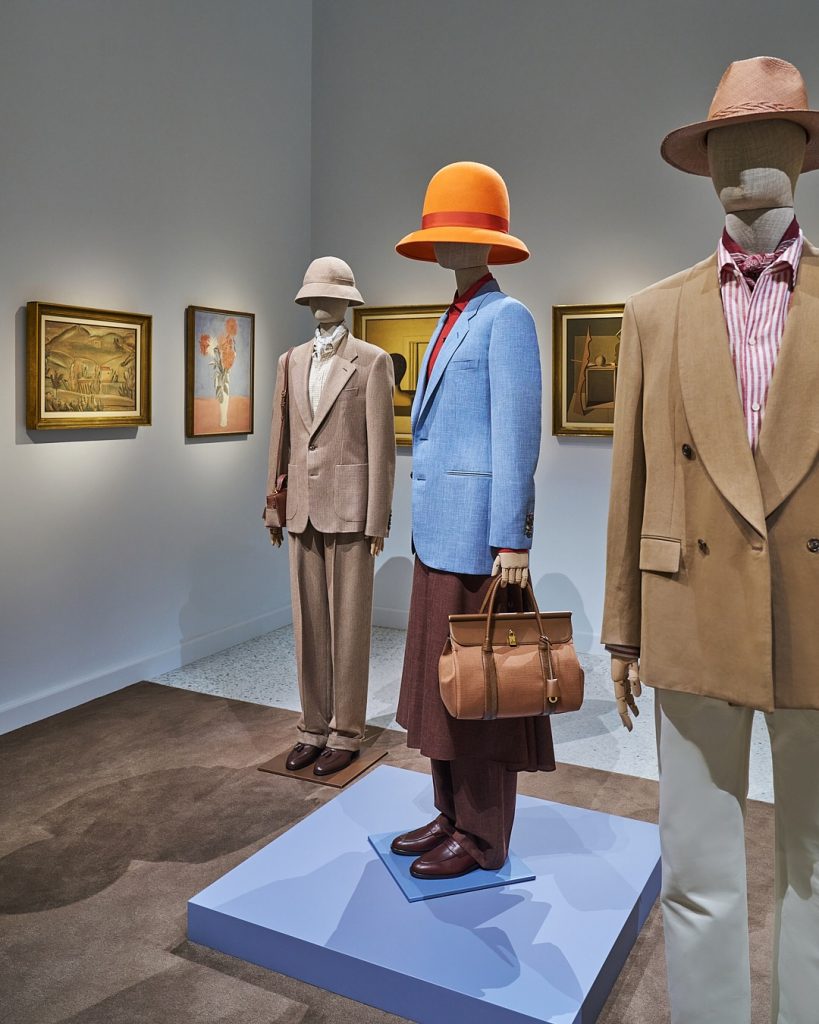Chloe Wong tells you the 10 essential insights into the brand’s philosophy and its rise to becoming the standard-bearer of stealth wealth

In an era of logo-mania and conspicuous consumption, Loro Piana has mastered the art of quiet luxury, becoming the ultimate status symbol for those who value discretion over display. The Italian brand, renowned for its unparalleled cashmere and ultra-luxurious fabrics, has cultivated an elite clientele that appreciates subtle sophistication rather than overt branding.
1. A family legacy of textile excellence
Founded in 1924 in Trivero, Italy, by Pietro Loro Piana, the brand began as a wool merchant specializing in high-quality fabrics. Over generations, the Loro Piana family transformed their textile expertise into a global luxury empire, maintaining an obsessive focus on materials. The company remained family-owned until its acquisition by LVMH in 2013 for €2 billion, one of the group’s most strategic purchases. Despite corporate ownership, Loro Piana has preserved its artisanal DNA and commitment to exceptional craftsmanship.
2. The cashmere revolutionaries
Loro Piana didn’t just use cashmere—it revolutionized how the world perceived it. The brand pioneered the sourcing of the finest raw materials, establishing direct relationships with Mongolian and Chinese herders to secure the most exclusive fibers. Its “Baby Cashmere,” collected from the undercoat of young Hircus goats, remains the softest and rarest variant available. The brand’s patented “Storm System” treatment makes its cashmere water-resistant to keep wearers warm and dry without compromising its legendary softness, proving that innovation can enhance tradition.
3. The fabric worn by royalty and billionaires
Loro Piana’s clientele includes royalty like Meghan Markle, old money members like Sofia Richie, and classy celebrities like Gwyneth Paltrow and Emma Stone. Its unlined “Open Walk” loafers became a uniform for Silicon Valley executives, while its ultra-fine vicuña wool coats, priced up to $90,000, are favored by European aristocracy during ancient times. The brand’s discretion is so valued that its most expensive items often feature no visible branding at all—a true mark of confidence in its craftsmanship.
4. Sustainability as a core principle
Long before sustainability became a marketable trait among labels, Loro Piana invested in ethical sourcing and environmental stewardship. The brand’s “Vicuña Preservation Project” in Peru helped save the endangered vicuña species by working with local communities to promote responsible shearing along with raising water levels to support local communities. Its wool initiative ensures ethical treatment of sheep to conserve the endangered species and continuing to produce the world’s finest wool fibers.
5. The rise of quiet luxury
In the post-pandemic era, Loro Piana became synonymous with “stealth wealth” dressing—luxury that whispers rather than shouts. Its neutral-toned, logo-free designs gained cult status after appearing on shows like Succession, where characters wore $5,000 sweaters without fanfare. This shift from conspicuous consumption to understatement perfectly aligned with the brand’s philosophy.
6. The most exclusive fiber on Earth: Vicuña
Loro Piana controls 90% of the global vicuña wool supply, sourcing it from the Andes where the animal’s fleece is collected every two years in a centuries-old tradition. At $3,000 per yard, vicuña is rarer than platinum and softer than cashmere, making it the ultimate luxury fiber. The brand’s all-vicuña coats can take up to six months to craft, with each piece representing the pinnacle of artisanal dedication.
7. Highlighting the interior
The Loro Piana experience isn’t just about the luxurious feel of their clothing, but also the experience stepping into a Loro Piana store. The interior is masterfully designed to provide a the ultimate plush experience with its blend of cashmere and silk furniture. They worked with Cini Boeri that echoes the philosophy of Loro Piana, functionality, craftsmanship, and quality.
8. The art of the unseen detail
Every Loro Piana garment is defined by what isn’t visible: the microscopic fiber diameter measurements, the hand-stitched seams, and the natural dyes that ensure color longevity. Its knitwear is woven on antique looms to preserve texture, while its leather goods are tanned using vegetable-based processes developed over decades. Their masterpieces speak for itself rather than loud logos.
9. The LVMH era: expansion without compromise
Since LVMH’s acquisition, Loro Piana has carefully expanded its retail footprint while resisting mass production. New stores in Tokyo, Paris, and New York maintain an intimate, residential feel, with private salons for top clients. The brand has also introduced other product lines like leather goods, footwear, fragrance, and many more.
10. Breaking into the modern market
Though many associate Loro Piana with timeless luxury, it should not be mistaken for stagnant innovation. Its recent collaborations with Japanese designer Hiroshi Fujiwara prove that even the quietest luxury can make a powerful statement. This collaboration proves Loro Piana’s ability to adapt to shifting trends and runway demands. It signifies the ability to stay relevant while still honouring its roots in classic, Italian heritage.
Also see: 10 things about Vivienne Westwood’s Andreas Kronthaler





